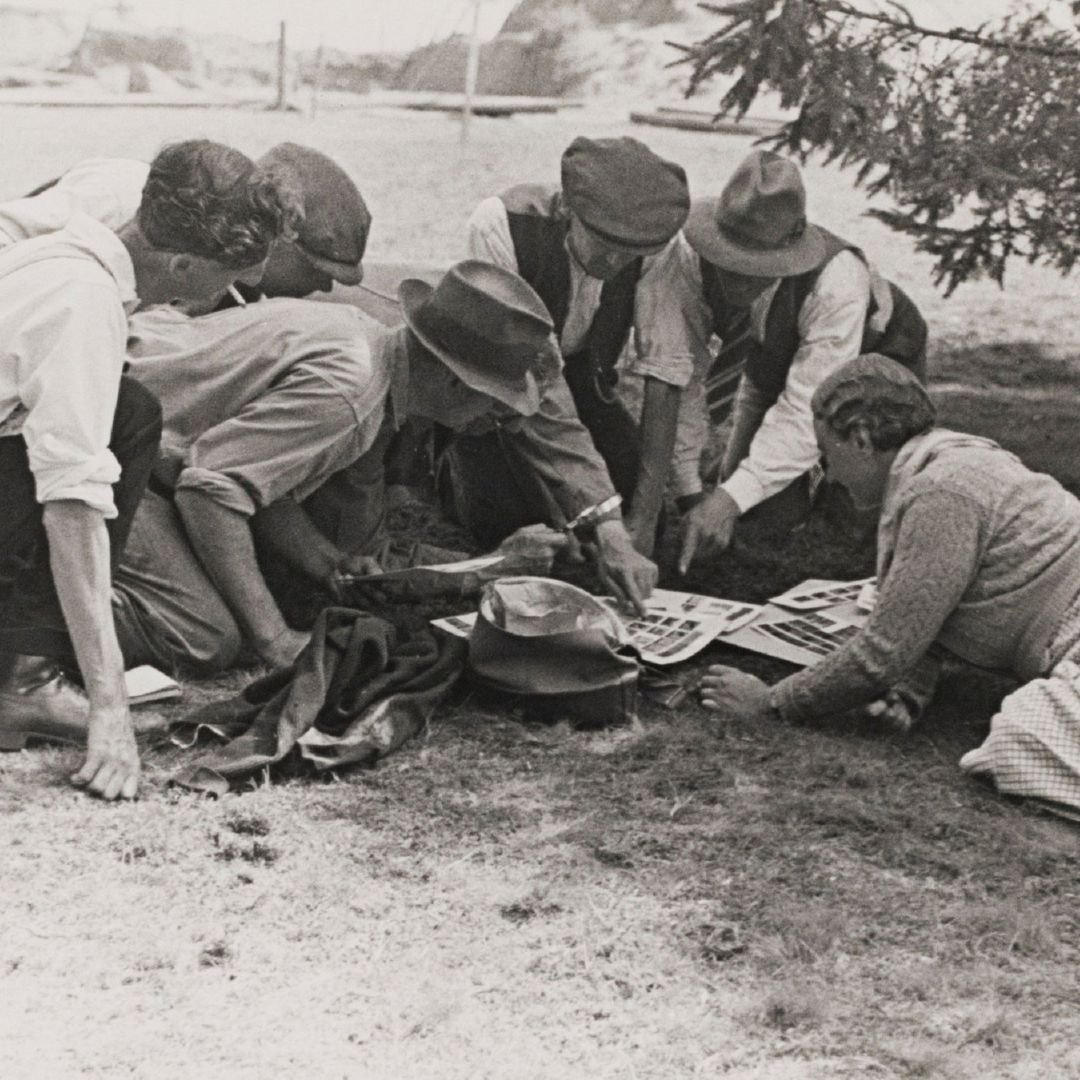6th Century Bucket Fragments Discovered At Sutton Hoo
The first excavation at Sutton Hoo in over two decades has revealed missing pieces of a 6th-century Byzantine bucket.
Photo: National Trust
Fragments of the 1,400-year-old Greek inscribed bucket, known as the Bromeswell Bucket, were first uncovered at Sutton Hoo in 1986, with further pieces found in 2012.
It was probably made in the eastern Mediterranean region in the 6th century, about 100 years before the ship and its extraordinary treasure was put to rest.
Since then, each fragment has been painstakingly cleaned, re-shaped and mounted to show how it would have looked, with parts of it now on display.
This discovery comes after weeks of meticulous excavation and metal detecting near the visitor centre, away from the renowned Anglo-Saxon ship burial found in 1939.
The month-long dig was conducted with the assistance of Time Team, a British television programme.
Time Team used a wide range of advanced technology, led by geophysical surveys provided by John Gater of SUMO Geophysics, as well as XRF - or X-Ray Fluorescence, a type of chemical and elemental analysis.
This enabled archaeologists and conservators to confirm that the fragments discovered in Garden Field earlier this week are part of the 6th century Bromeswell Bucket - complete with decorated figures that match those on the original find.
The Bromeswell bucket is an ancient artefact, with its first fragments uncovered at Sutton Hoo in 1986 when the Tranmers resided there, and additional pieces found in 2012.
Each fragment has since been meticulously cleaned, reshaped, and mounted to reconstruct its original appearance.
The bucket's design, featuring specific letterforms, indicates it was crafted in the 6th century, making it a century old by the time it arrived at Sutton Hoo.
Believed to have originated from Antioch in modern-day Turkey, which was then part of the Byzantine Empire, the bucket is made of copper alloy and depicts a North African hunting scene with lions and a hunting dog.
It is currently displayed in the High Hall exhibition on long-term loan from the Annie Tranmer Charitable Trust.
This year's excavation has not only unearthed additional pieces of the bucket but also confirmed that other fragments in the National Trust's collection are part of the same artefact.
Angus Wainwright, Regional Archaeologist for the National Trust, said:"Using Time Team’s specialist technology, including XRF, we’ve confirmed that some other fragments in our collection are indeed part of the same artefact.
”Closer inspection now suggests that the bucket was previously damaged and then repaired. In-depth metal analysis indicates it might even have been soldered back together.”
The Sutton Hoo Discovery: Anglo-Saxon Ship Burial
In 1939, archaeologists discovered a 1,400-year-old Anglo-Saxon burial site in Suffolk that included an entire ship.
The finds were described as some of "the greatest archaeological discoveries of all time."
The year was 1939 when a remarkable excavation uncovered the burial mounds at Sutton Hoo.
This discovery, led by archaeologist Basil Brown, revealed an astonishing array of artefacts within the mounds, shedding light on a previously enigmatic era of British history.
Archaeologists painstakingly brushed away layers of sandy soil to reveal the shape of a ship beneath a mound.
In the centre of a 27-meter-long wooden ship, they found a burial chamber full of the most extraordinary treasures.
It turned out to be an Anglo-Saxon royal burial of incomparable richness, and would revolutionise the understanding of early England.
The most iconic find was the burial of an Anglo-Saxon king or noble, presumed to be Raedwald, ruler of the East Angles.
He was the 7th-century king of East Anglia, and the first king of the East Angles to become a Christian.
Alongside the ship, a wealth of treasures also emerged, showcasing the exquisite craftsmanship of the time.
Among the exciting treasures found within the burial chamber was the iconic Sutton Hoo Helmet.
The helmet was a masterpiece of Anglo-Saxon craftsmanship, the intricately designed helmet stands as one of the most iconic artefacts from the site.
Adorned with depictions of warriors, animals, and scenes from Norse mythology, the helmet remains a symbol of the era's artistic and military prowess.
Highly corroded and broken into more than 100 fragments when the burial chamber collapsed, the helmet took the conservation team at the British Museum many years to reconstruct.
If you’d like to learn more, a number of items are on display at the British Museum.
You can also visit the Sutton Hoo site itself, as it’s currently open to visitors and run by The National Trust.
If you enjoyed this blog post, please follow Exploring GB on Facebook for daily travel content and inspiration.
Don’t forget to check out our latest blog post below!
Thank you for visiting Exploring GB.



















